(24743 products available)








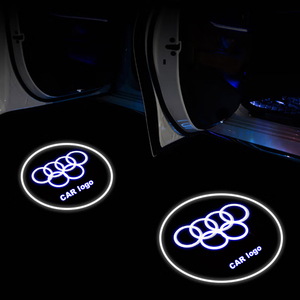


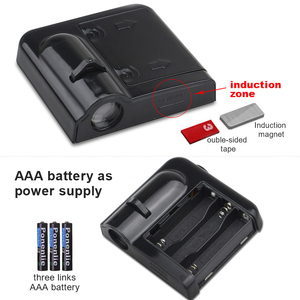

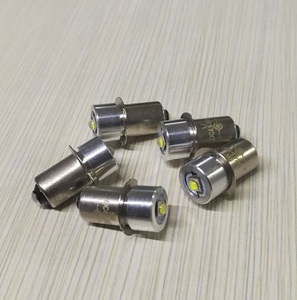





















































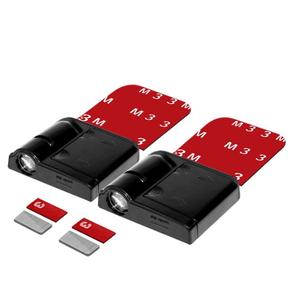
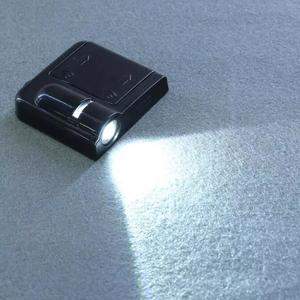

































 Ready to Ship
Ready to Ship
































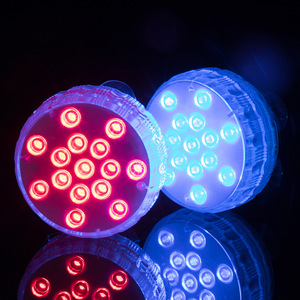












































































While there are many different types of LED lights, the most common ones are as follows.
LED Strip Lights
These are flexible circuit boards with LEDs and adhesive on the back for easy installation. They are used for decorative lighting and accent lighting. LED strip lights are available in various colors and densities and can have features like RGB (red, green, blue) capabilities or adjustable brightness.
LED Light Bulbs
4.5V LED light bulbs are designed to replace traditional incandescent or compact fluorescent bulbs. They come in various shapes, such as A19 (standard), globe, and candle, and provide different light temperatures (warm, cool, or daylight). These LED bulbs use less energy and have a longer lifespan than conventional light sources.
LED Downlights
These recessed lights are installed in ceilings and are used for general or accent lighting. They are available in adjustable and fixed types with different beam angles and lumen outputs. LED downlights are suitable for interior and exterior applications and are energy-efficient and long-lasting.
LED Panel Lights
These are slim, rectangular, or square fixtures that are installed on ceilings or walls. They are designed to provide bright, even illumination and are often used in commercial and industrial settings. LED panel lights are available in various sizes and lumen outputs and have adjustable features like color temperature and dimming.
LED Track Lights
These are movable fixtures mounted on a track that allows for flexible lighting arrangements. They are used for accent lighting, display lighting, and general lighting in retail, galleries, and residential settings. LED track lights come in various styles, such as spotlights, pendants, and linear fixtures, with different lumen outputs and beam angles.
LED Flood Lights
These are powerful, broad-beamed fixtures that provide high illumination. They are used for outdoor and indoor applications, such as sports lighting, security lighting, and floodlighting. LED floodlights are available in different lumen outputs and beam angles and can have features like color temperature and dimming.
LED High Bay Lights
These are powerful fixtures designed for high installation, providing broad and bright illumination. They are commonly used in industrial and commercial settings, such as warehouses, factories, and supermarkets. LED high-bay lights come in various lumen outputs and have different optical designs for tailored lighting.
LED Street Lights
These are energy-efficient street lighting fixtures that provide illumination for roadways and pathways. They enhance visibility and safety for pedestrians and vehicles. LED street lights have different lumen outputs and optical designs tailored to lighting needs and road types.
LED Garden Lights
These are outdoor fixtures providing illumination for pathways, gardens, and landscapes. They enhance outdoor spaces' aesthetics, safety, and visibility. LED garden lights come in various styles, such as bollards, spike lights, and wall lights, with different lumen outputs and beam angles.
LED Wall Washers
These are fixtures designed to illuminate walls and surfaces. They create dynamic effects like grazing, washing, and highlighting. LED wall washers are used for architectural lighting, facade lighting, and event lighting. They come in various sizes, lumen outputs, and beam angles.
These LED lights are available in different types, each having its own specifications that make them suitable for a variety of applications.
Voltage:
These LED lights are designed to operate at 4.5 volts. This is achieved by using three series-connected LEDs, each with a forward voltage drop of about 1.5 volts.
Power consumption:
4.5V LED lights have low power consumption, making them energy-efficient. The total power used by 4.5V LED lights can range from 0.15 watts to 0.45 watts, depending on the number of LEDs.
Current:
These LED lights are designed to operate at low currents, typically ranging from 20mA to 50mA. For this reason, they are very energy efficient and can be used in battery-powered devices for a long time.
Luminous intensity:
The luminous intensity of 4.5V LED lights ranges from 100 to 500 mcd (millicandela). This makes them suitable for applications where low-intensity light is required.
Color temperature:
These LED lights are available in different colors. from cool white (5000-6500K) to warm white (2700-3500K). The color temperature of these LEDs differs depending on the type and application.
Lens:
4.5V LED lights have different lens designs, including clear, frosted, and diffused lenses. Each of these lens designs is useful in different applications. For instance, a clear lens offers a focused light, while a frosted lens provides a soft and diffused light.
Size and package type:
These LED lights are available in different sizes and package types, such as through-hole (THT) and surface mount (SMD) packages. The 4.5V SMT LED lights are small and designed to be soldered directly onto the surface of a printed circuit board (PCB). For this reason, they are used where space is a constraint.
Maintaining 4.5V LED lights is essential for optimal performance and longevity. Generally, these LED lights require minimal maintenance. However, there are a few maintenance practices that can enhance their lifespan and ensure they operate efficiently. These include:
Wholesale buyers should consider these factors when sourcing 4.5v LED lights for their businesses.
Voltage and Power Supply
While 4.5V LED lights are designed to run on 4.5 volts, the power source should be stable and reliable. The power supply can be a combination of three batteries, like three AA batteries, or a 4.5V adapter. The LEDs will have different power requirements depending on their configuration and color.
Color and Brightness
4.5V LED lights are available in different colors and brightness levels. The brightness of LED lights is measured in millicandelas (mcd) or lumens. LEDs with higher mcd or lumen ratings are brighter. Wholesalers should stock a variety of colors and brightness levels to cater to different customers' preferences.
Design and Size
4.5V LED lights come in different sizes and designs. Common types include LED light strips, 4.5V LED panel lights, spotlights, and bulbs. Wholesalers should consider the size and design of the LED lights they want to stock. Different customers will have varying preferences based on their needs and use cases.
Application
Consider the intended use or application of the 4.5V LED lights. Different types of LED lights are suited for other purposes, such as general lighting, decorative lighting, backlighting, or spotlighting. Wholesalers should stock various LED lights suitable for different applications to meet different customers' needs.
Quality and Reliability
Wholesalers should source 4.5V LED lights from reputable suppliers known for quality and reliability. Consider factors like warranty, durability, and performance consistency. Reading customer reviews and testimonials can help wholesalers gauge the quality and reliability of the products they want to purchase.
Here's how to replace a 4.5V LED light step by step:
Gather Necessary Tools and Materials
Get the new 4.5V LED light. A small screwdriver, wire cutters, pliers, electrical tape, and possibly soldering iron with solder should also be available.
Make sure the power source is turned off or disconnected. This ensures safety and prevents damage to the circuit.
Open the Housing
Use a screwdriver to open up the area where the LED light is located. This gives access to the LED and the connected circuit.
Remove the Old LED Light
The old LED light is detached from the circuit. This is done by carefully cutting the wires using wire cutters. Take note of how the wires are connected (e.g., their colors) as this is important when connecting the new LED light. If the LED is soldered onto the circuit, a soldering iron is used to heat the joints, and the LED is gently pulled off.
Prepare the New LED Light
The housing of the new LED light is opened up. This allows for the inspection of the LED and the verification of its compatibility with the voltage and current requirements of the circuit. The wires of the new LED light are stripped to expose the conductors.
Connect the New LED Light
The new LED light is positioned in the same way as the old one. The wires are connected in the same manner they were disconnected, and electrical tape is used to insulate the connections. If soldering is required, the wires are soldered onto the circuit, ensuring proper polarity.
Test the New LED Light
The power source is turned on or connected, and the new LED light is tested to ensure it functions correctly.
Close the Housing
Once functionality is confirmed, the housing is closed, and any screws or fasteners are replaced.
Q1: What are the advantages of 4.5v LED lights?
A1: The benefits of 4.5V LED lights include their energy efficiency, low voltage operation, long lifespan, and versatility.
Q2: What is the expected lifespan of 4.5V LED lights?
A2: The lifespan of 4.5V LED lights can vary depending on usage and conditions, but they are generally designed to last tens of thousands of hours, making them much longer-lasting than traditional light sources.
Q3: Can I use 4.5V LED lights outdoors?
A3: Yes, some 4.5V LED lights are designed for outdoor use. However, please confirm whether they are waterproof and dustproof to ensure they can withstand outdoor environments.
Q4: What are the applications of 4.5V LED lights?
A4: 4.5V LED lights are used in various applications, including portable devices, toys, flashlights, decorative lights, and more, providing stable and reliable lighting.
Q5: Can 4.5V LED lights be connected in series or parallel?
A5: Yes, 4.5V LED lights can usually be connected in series or parallel. However, please follow the manufacturer's instructions to ensure correct connections and power supply.